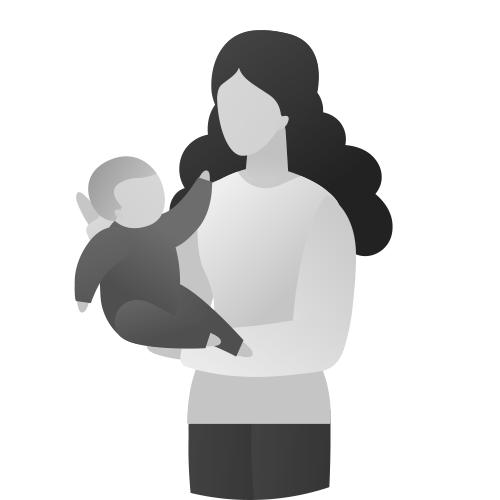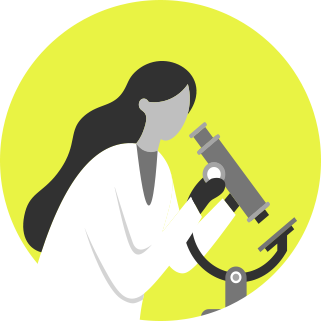Current
Therapies
Medical therapy is the first line of treatment in patients with all types of progressive familial intrahepatic cholestasis (PFIC). The objectives are1:
- Provide relief from pruritus
- Improve nutritional status
- Correct vitamin deficiencies
- Treat complications of advanced liver disease
In 2021, an ileal bile acid transport inhibitor was approved to treat pruritus caused by PFIC.2
If medical therapy is ineffective, invasive surgery may be needed to effectively treat the disease.3
Partial External Biliary Diversion (PEBD)
PEBD has been used successfully in some patients with PFIC1 and PFIC2 who do not respond to medical therapy and are as yet not candidates for liver transplant.1 For patients with PFIC, PEBD relieved pruritus in 54%.4 However, PEBD has the disadvantage of a permanent stoma, which can be challenging for children in their daily lives and impact their quality of life.5
Liver Transplant
Beyond biliary diversion procedures, liver transplant is the last surgical option for patients with all types of PFIC. Transplant should be considered for patients with end-stage liver disease (ESLD) and hepatocellular carcinoma (HCC), or those with poor quality of life due to refractory pruritus despite medical treatment and biliary diversion. Liver transplant improved cholestasis and its symptoms in 75% to 100% of patients, irrespective of PFIC subtype, over a short-term follow-up of 3 to 5 years.1
Liver transplant, on the other hand, is associated with complications such as rejection, post-transplant hepatic steatosis and recurrence of disease, and lifelong antirejection medication.6,7


